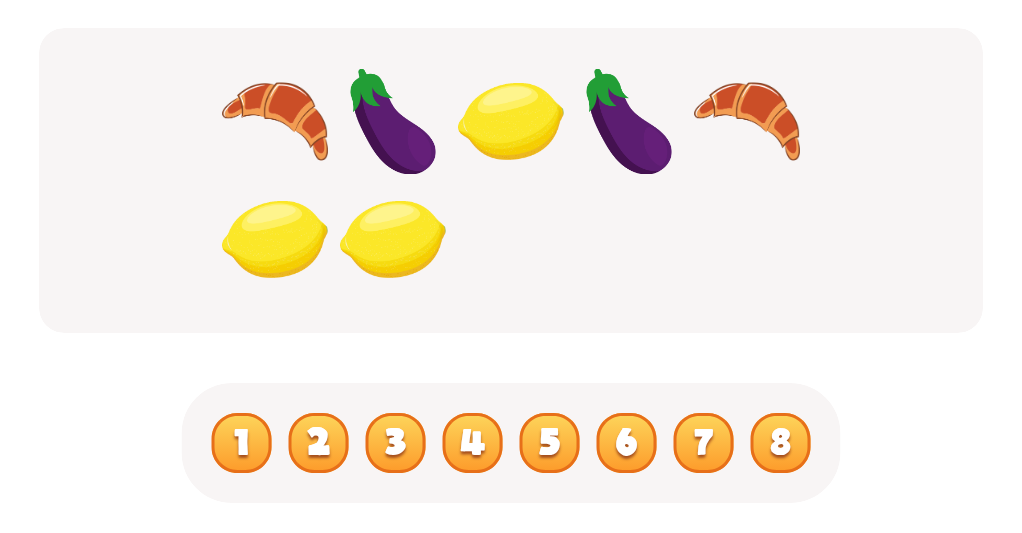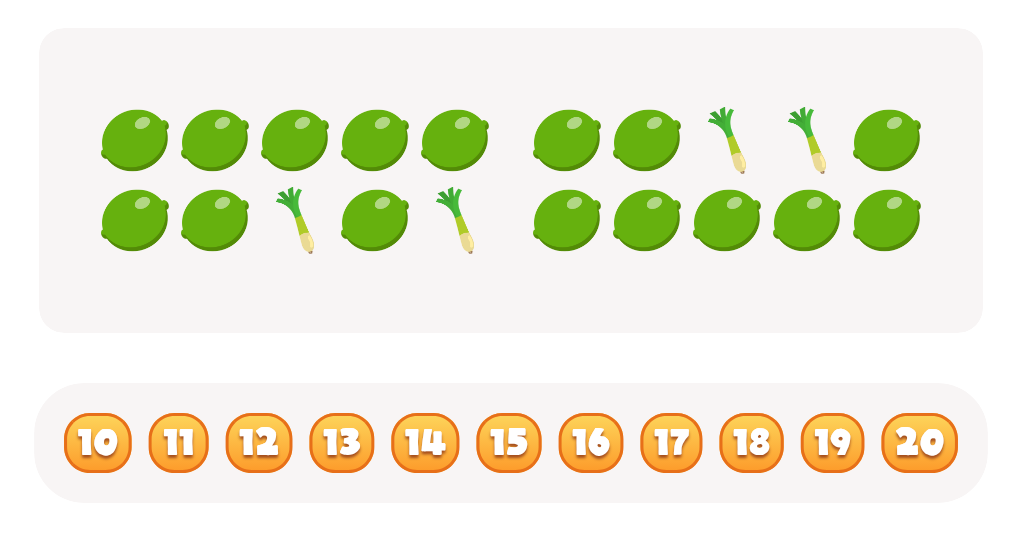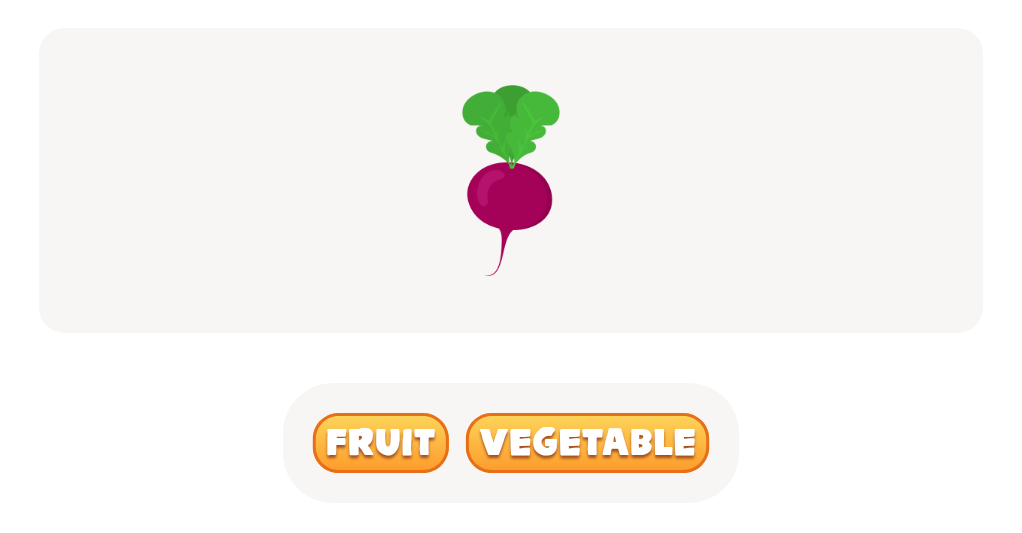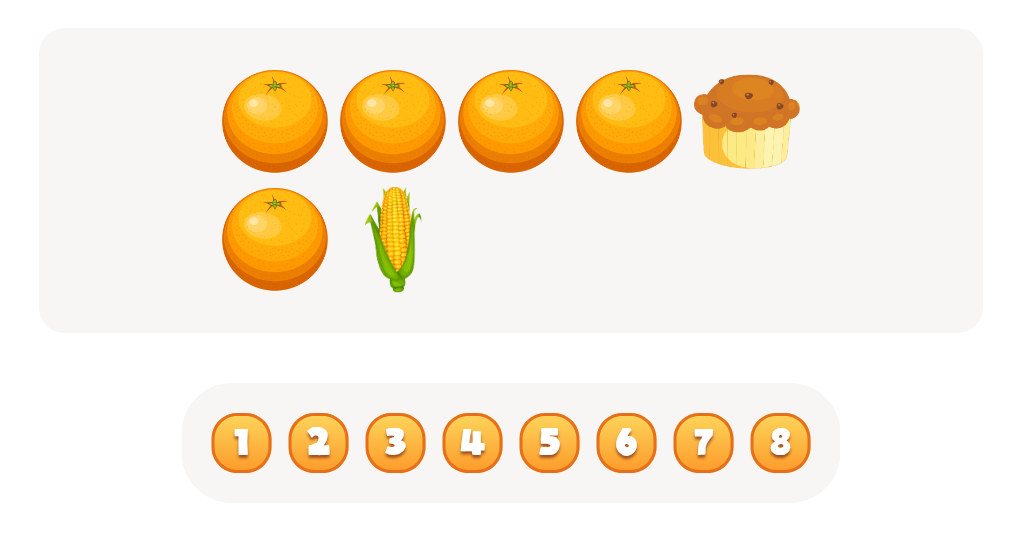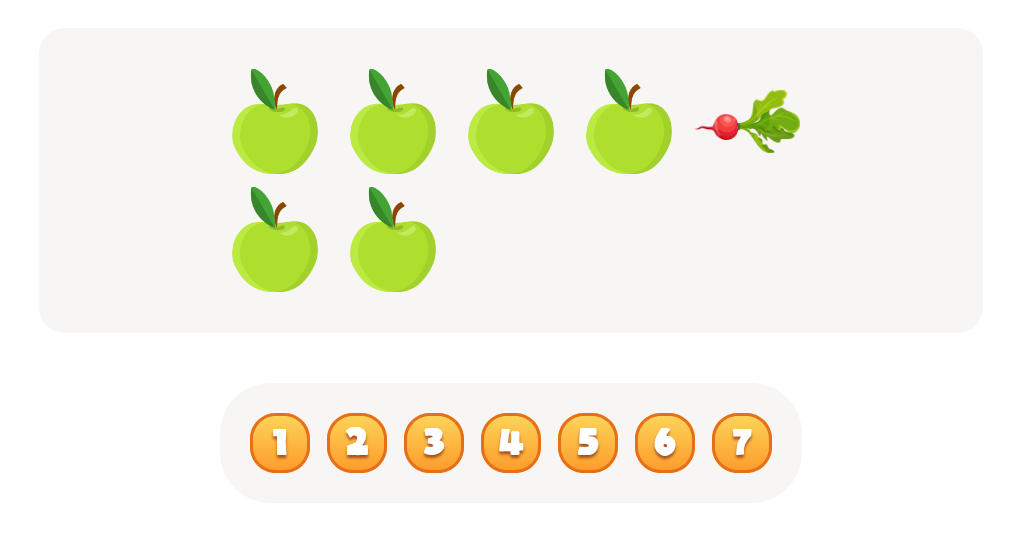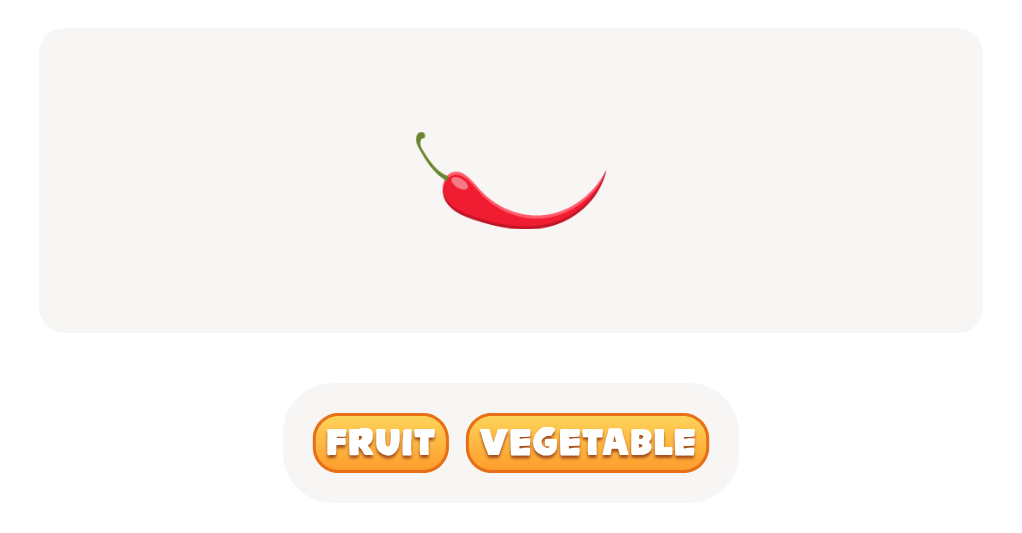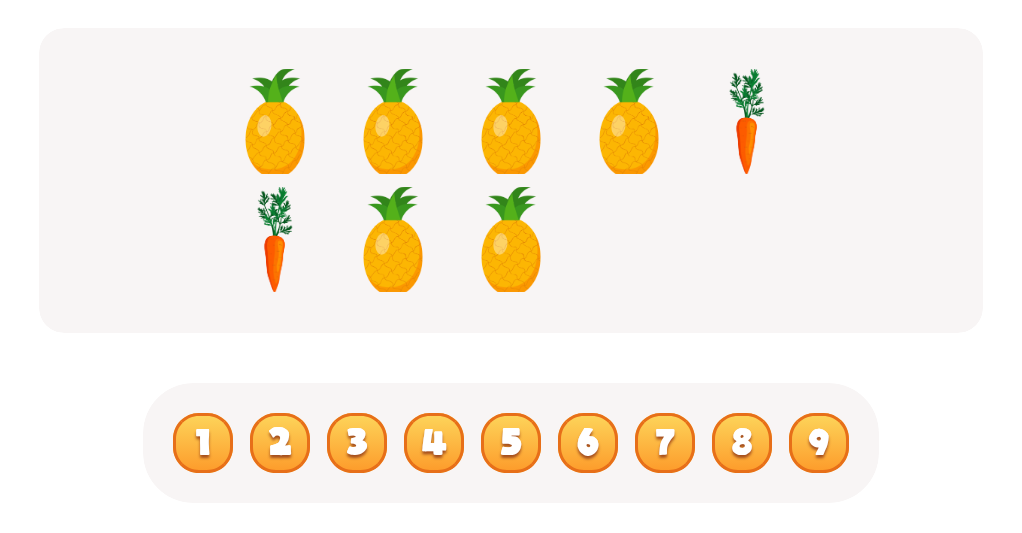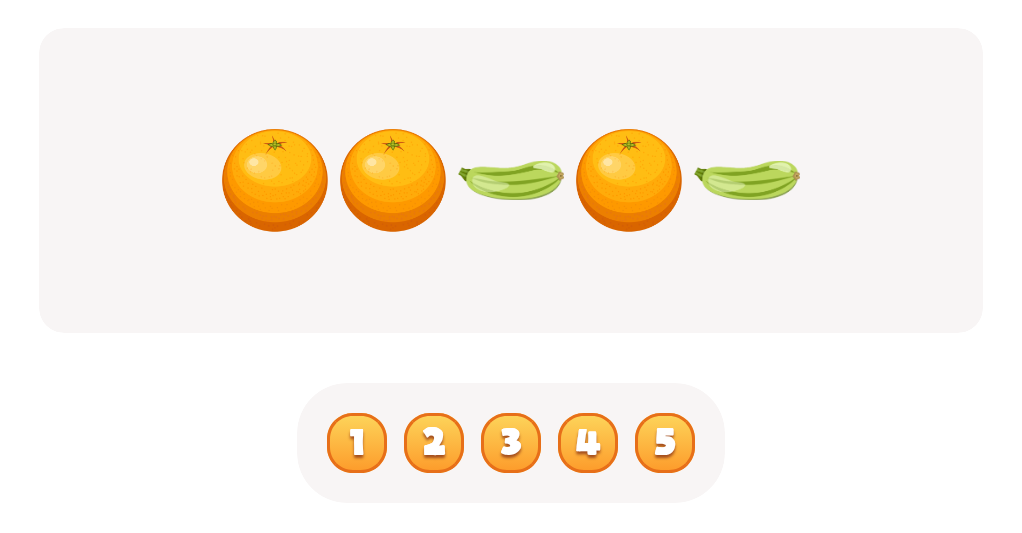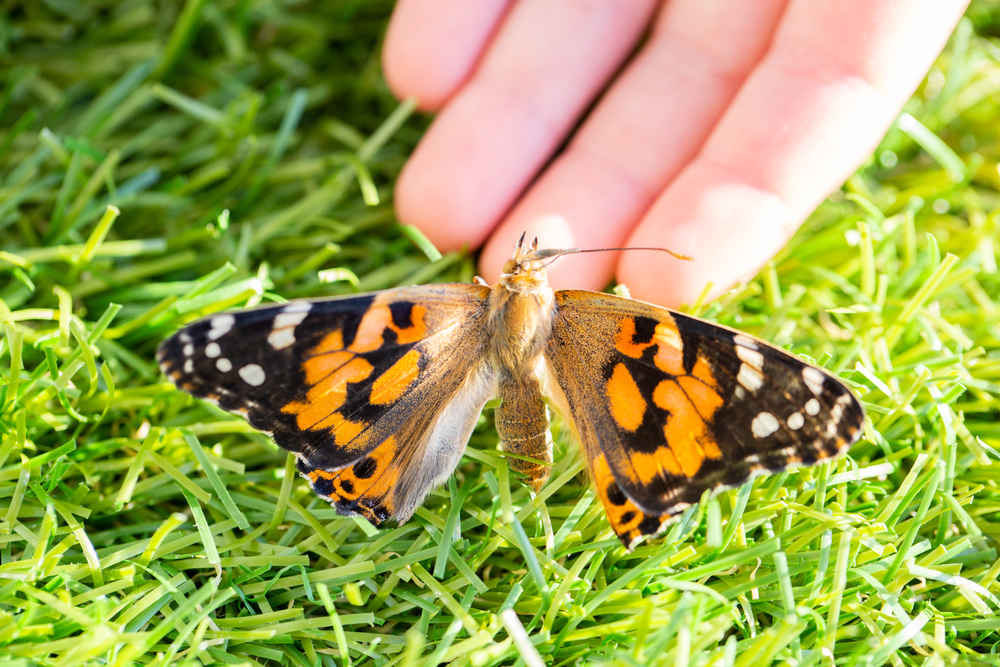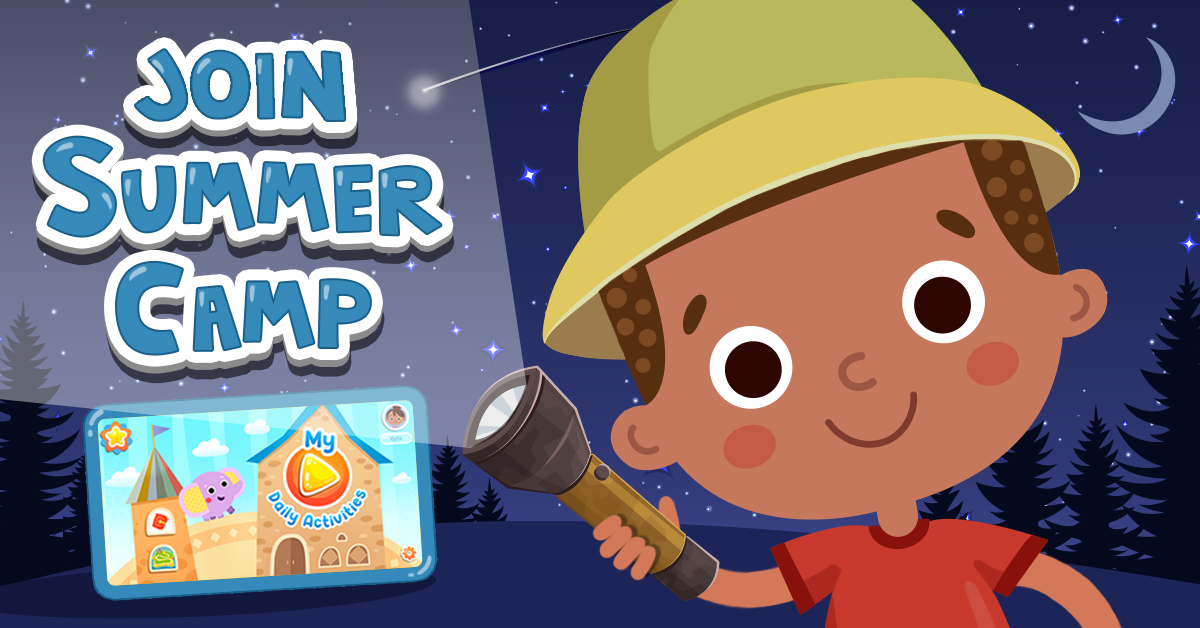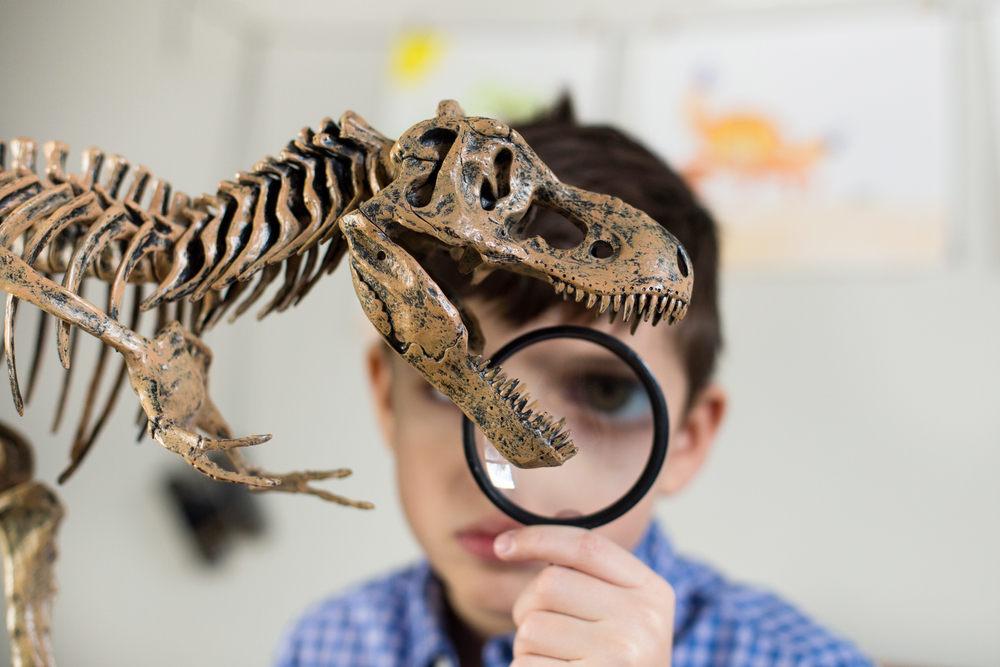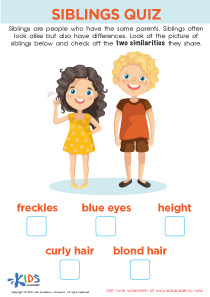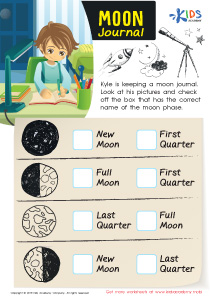Normal Plants and Animals Worksheets for Ages 3-8
100 filtered results
-
From - To
Normal Plants and Animals Worksheets for Ages 3-8 offer a fun, engaging way to introduce young learners to the fascinating world of flora and fauna. Designed to cater to the developmental stages of children aged 3-8, these printable worksheets cover basics about different plants and animals, including their habitats, lifecycles, and characteristics. With vibrant illustrations and easy-to-follow instructions, these activities promote curiosity, creativity, and fundamental scientific knowledge. Perfect for both classroom and home learning, they help kids develop observation skills and a love for nature while meeting early science education standards. Spark your child’s interest in the natural world today!
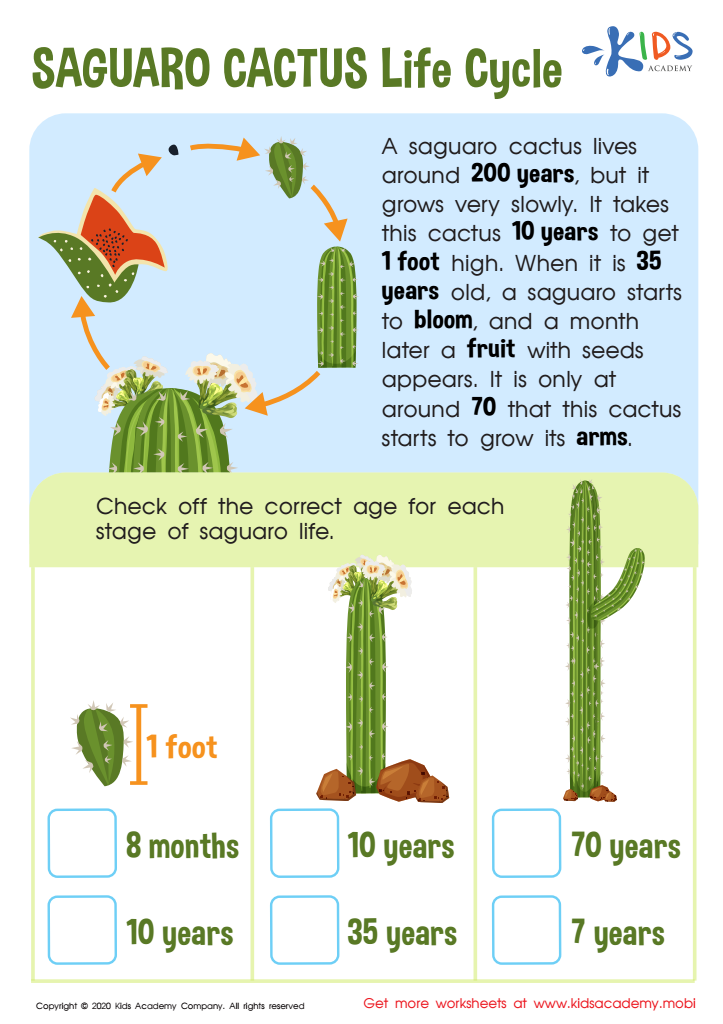

Saguaro Cactus Life Cycle Worksheet
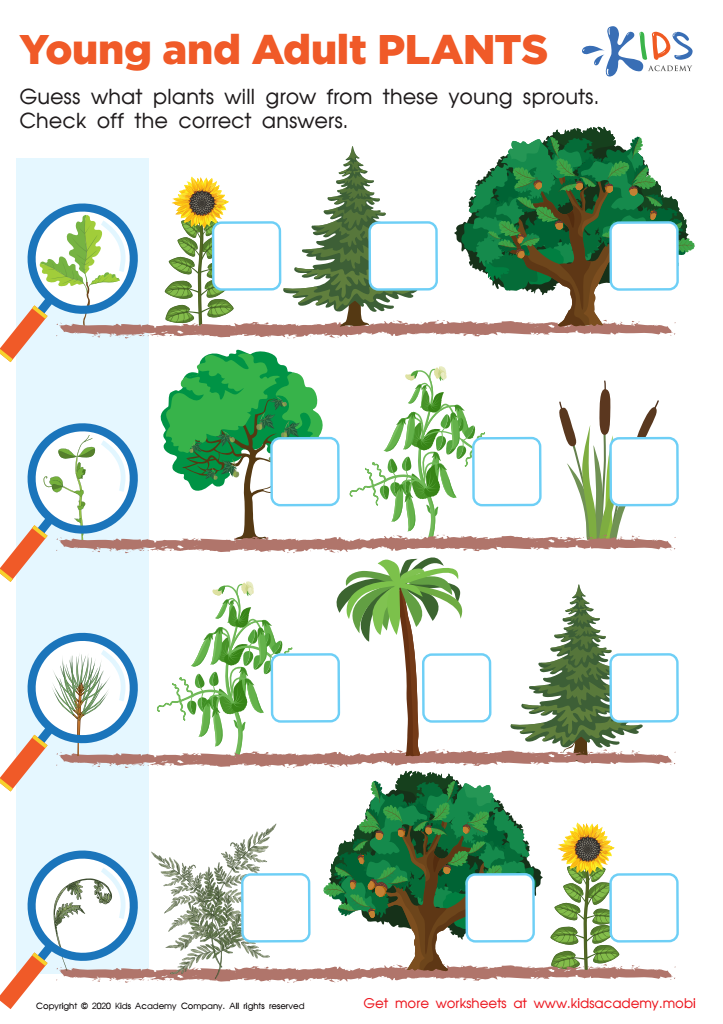

Young and Adult Plants Worksheet
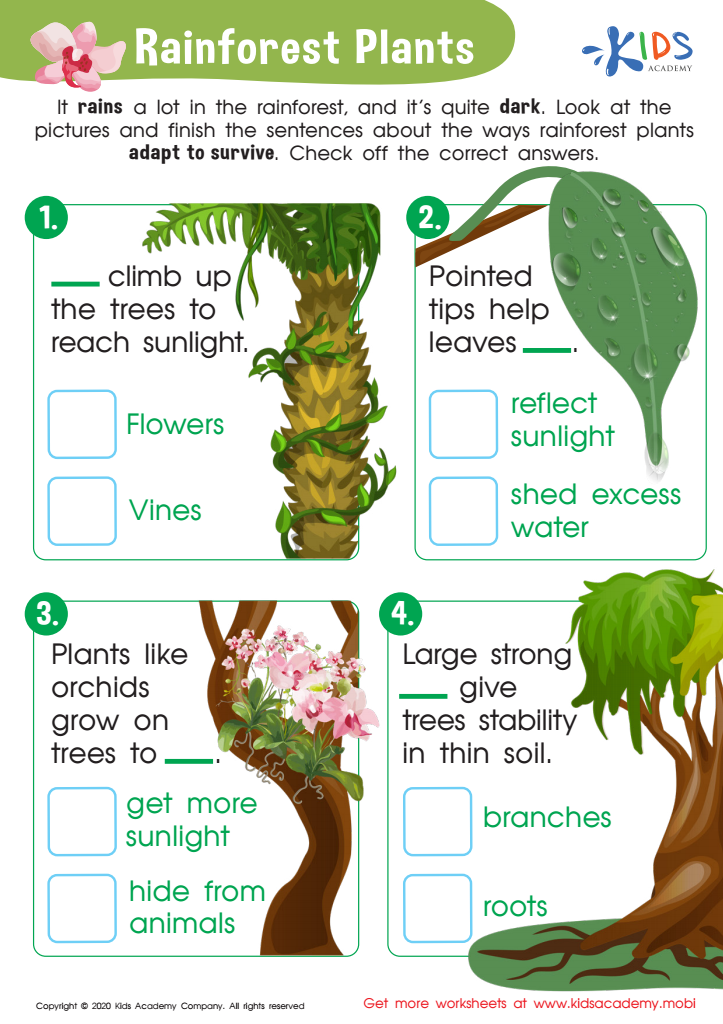

Rainforest Plants Worksheet
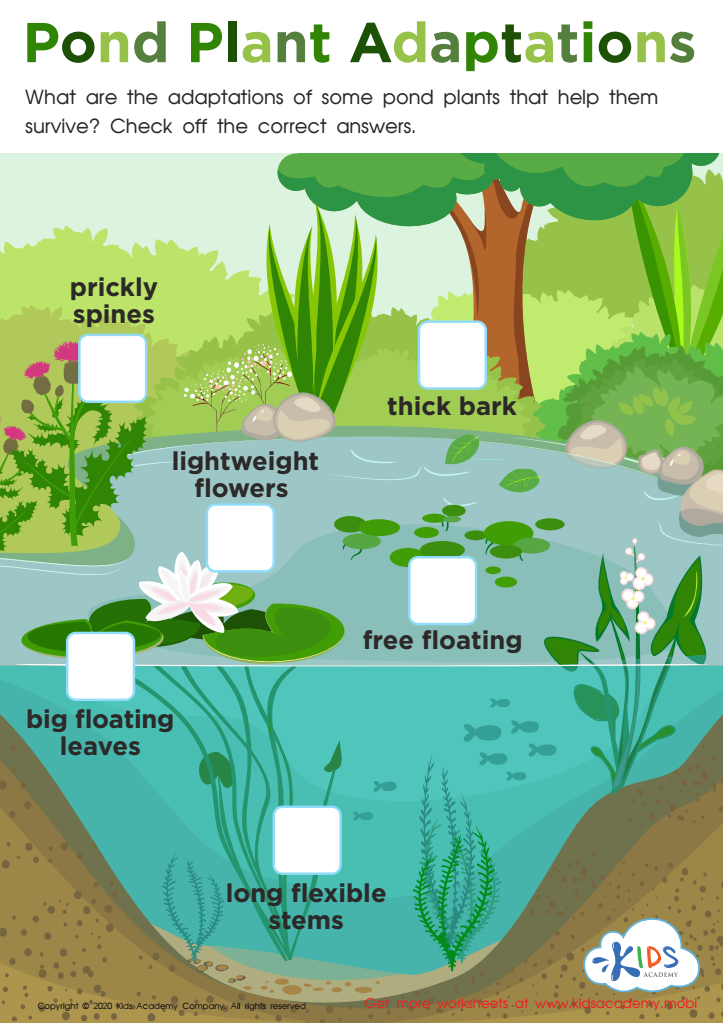

Pond Plant Adaptations
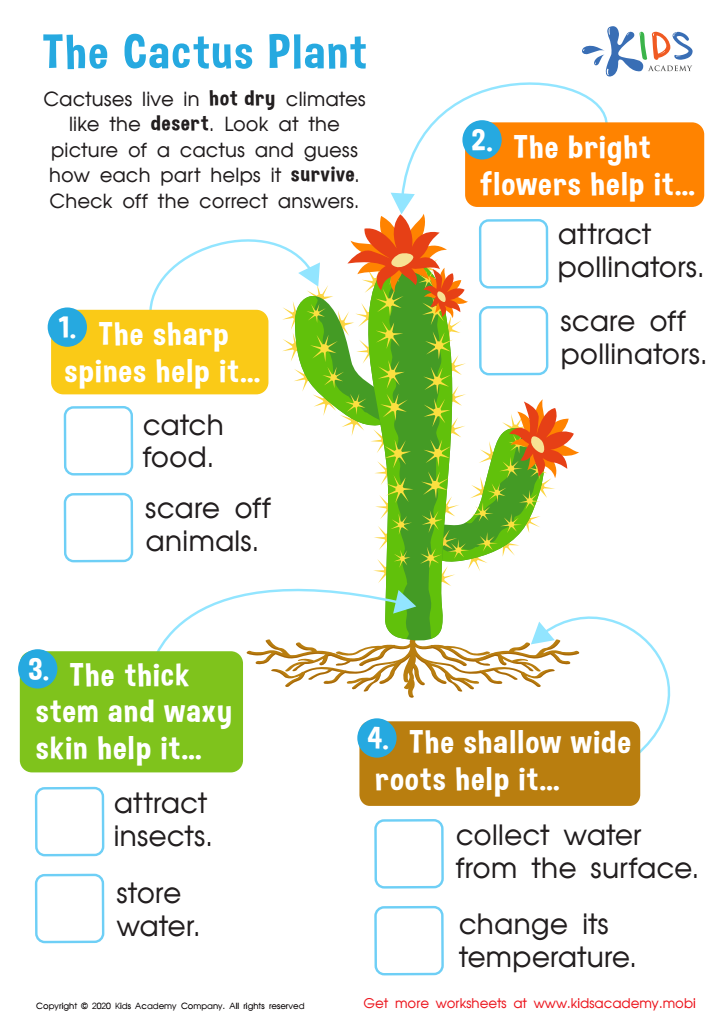

The Cactus Plant Worksheet
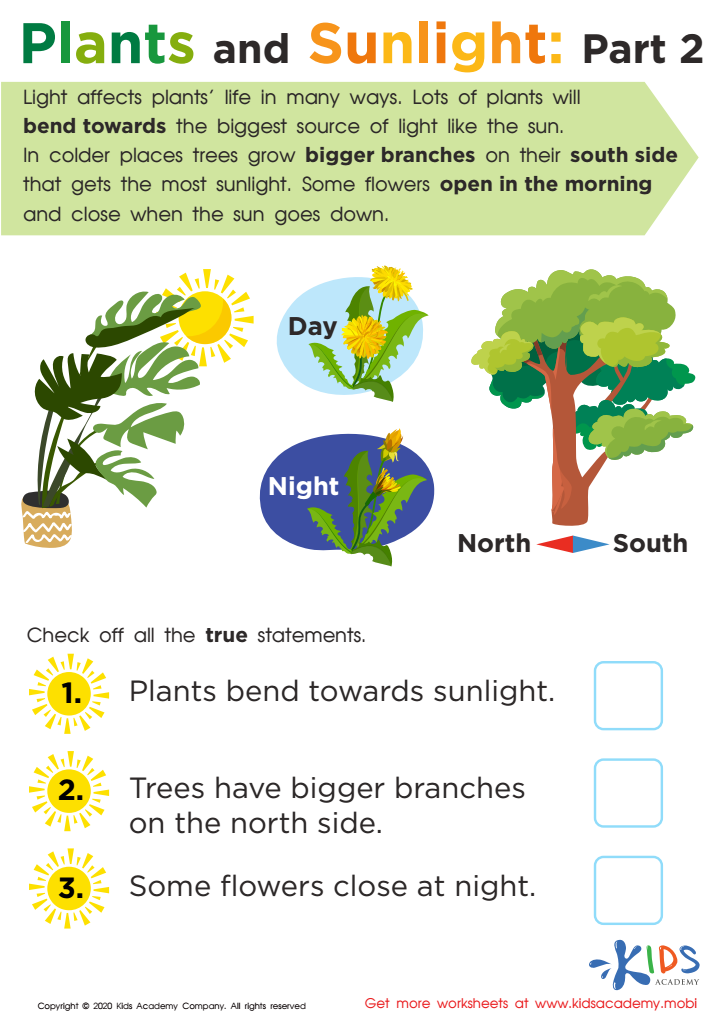

Plants and Sunlight: Part 2 Worksheet
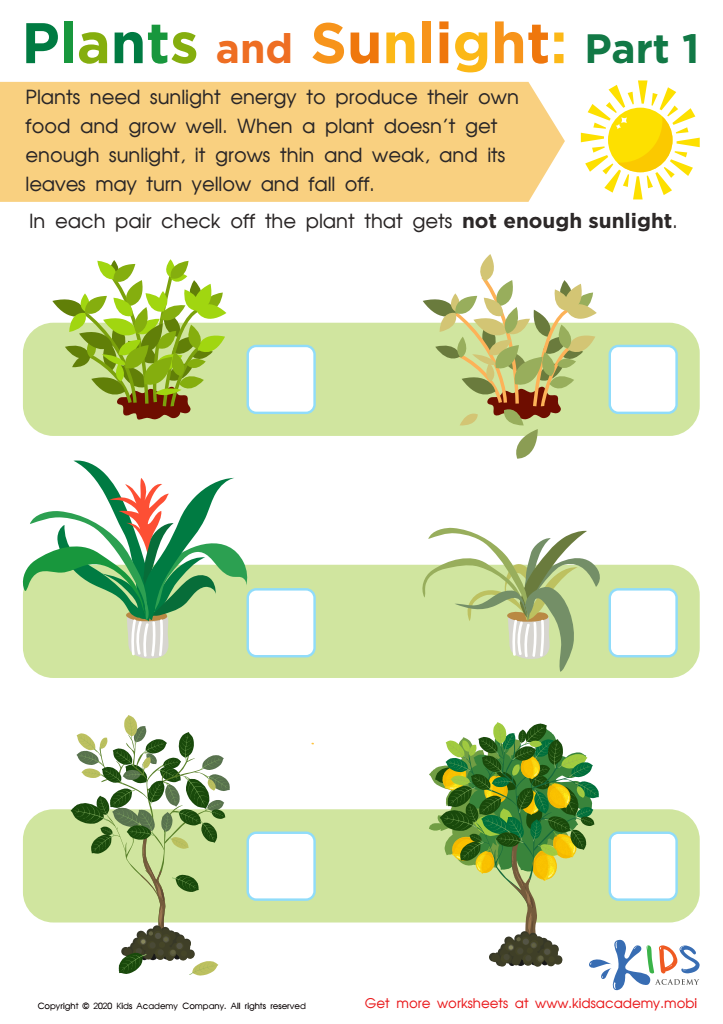

Plants and Sunlight: Part 1 Worksheet
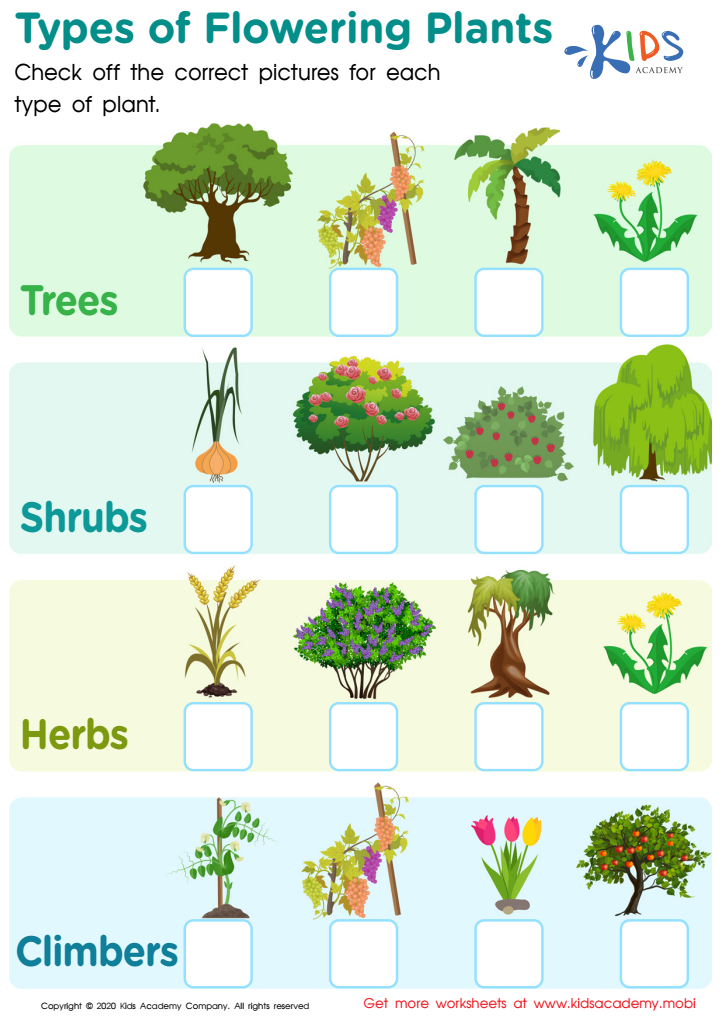

Types of Flowering Plants Worksheet
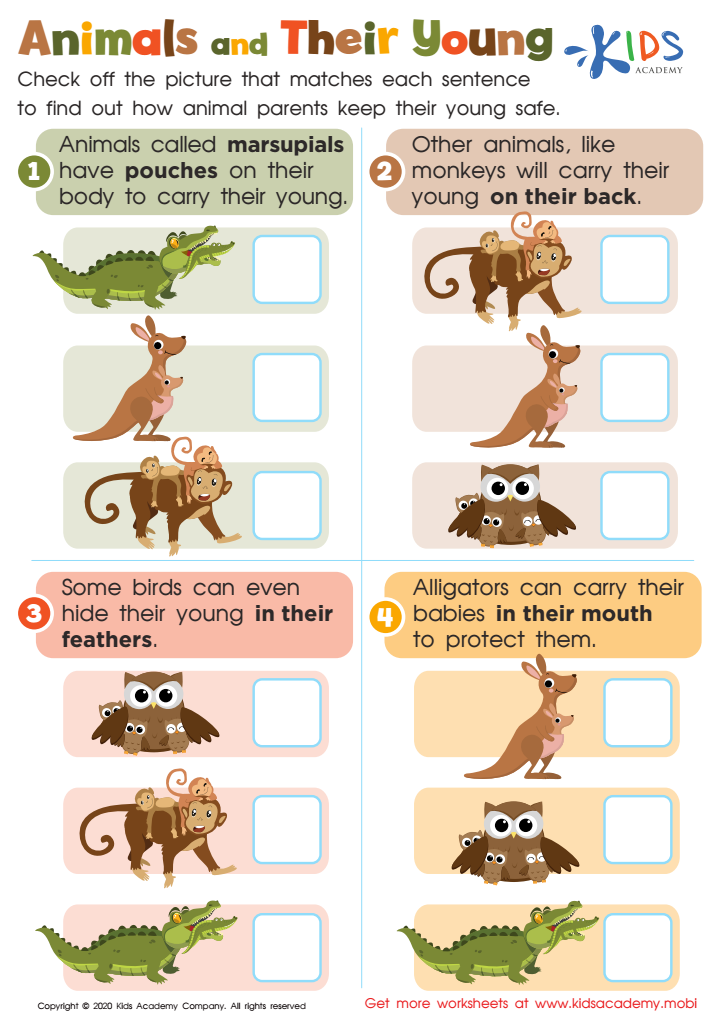

Animals and Their Young Worksheet
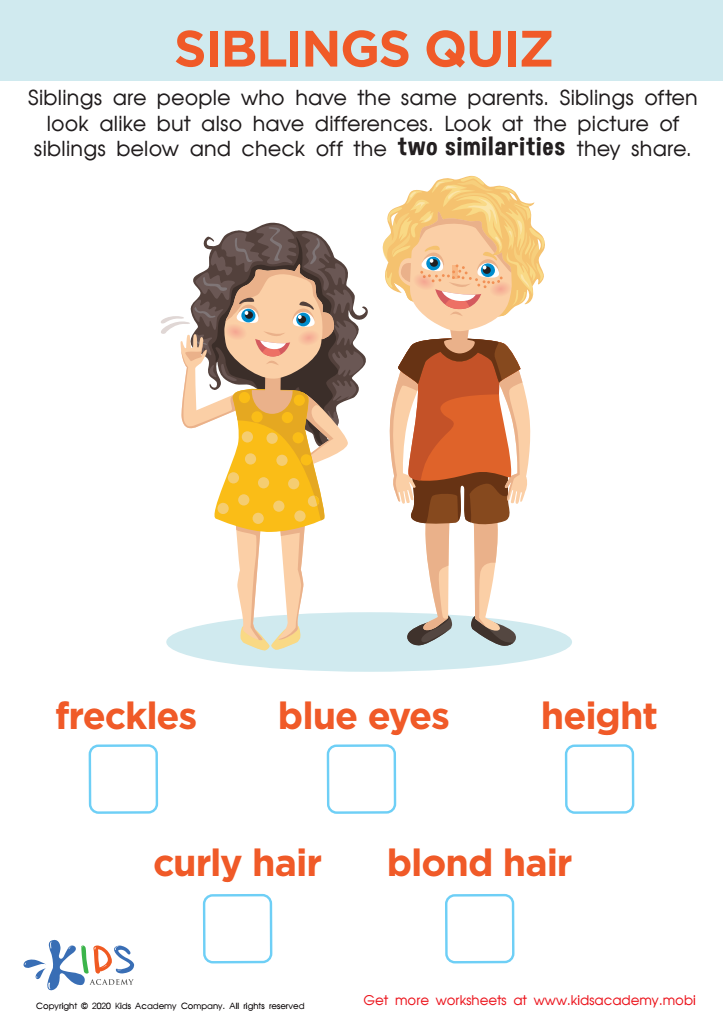

Siblings Quiz Worksheet
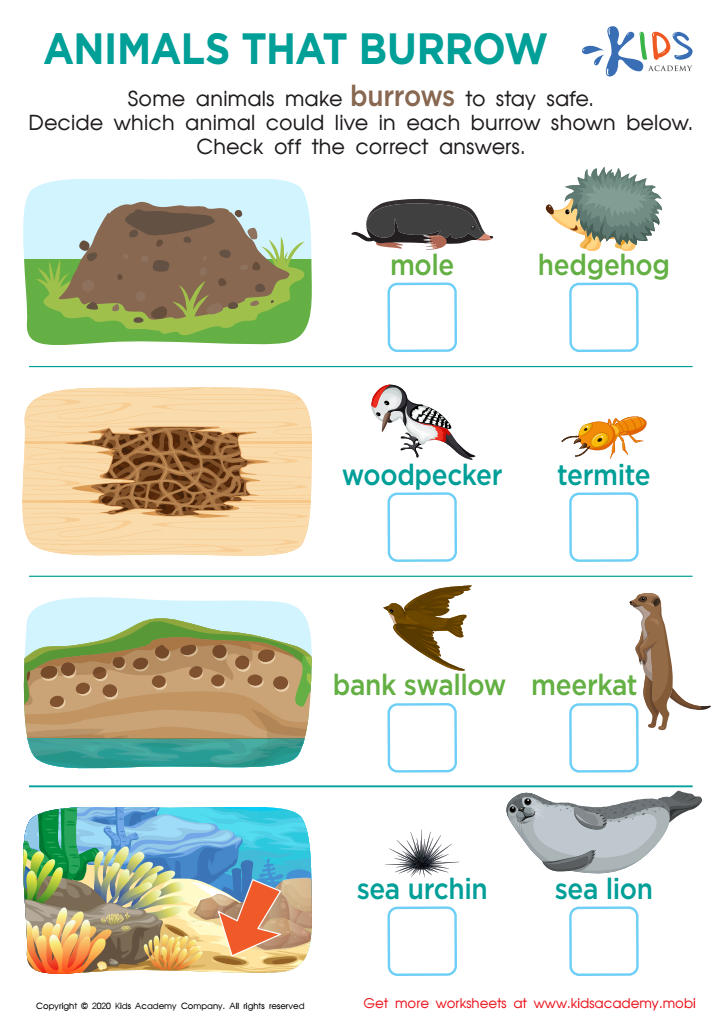

Animals That Burrow Worksheet
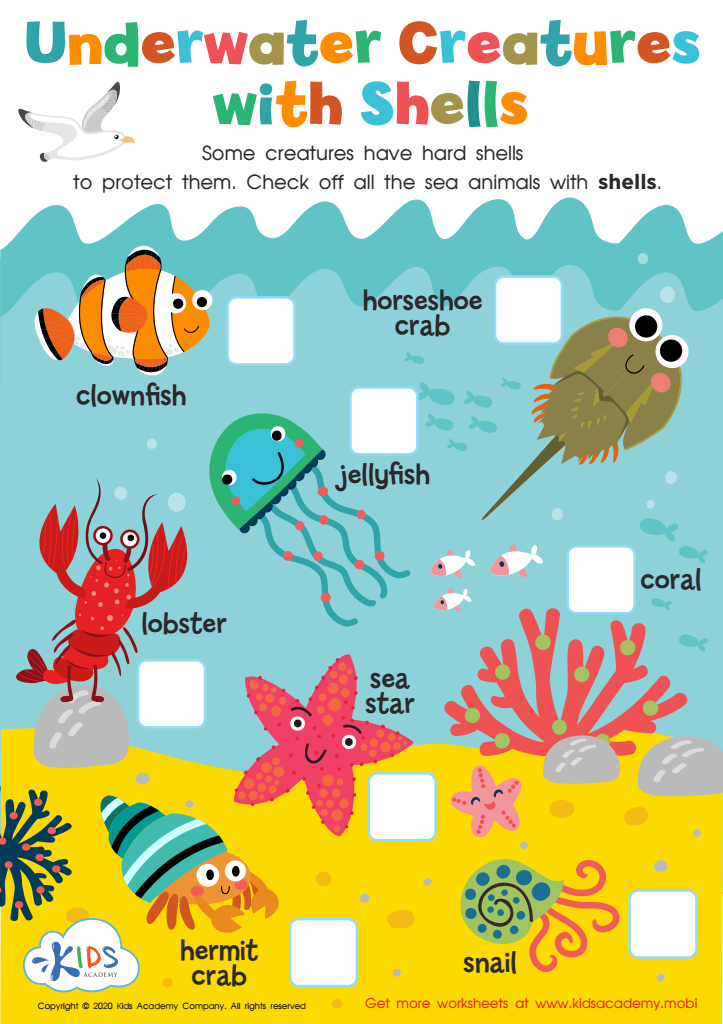

Underwater Creatures with Shells Worksheet


Fish Body Parts Worksheet
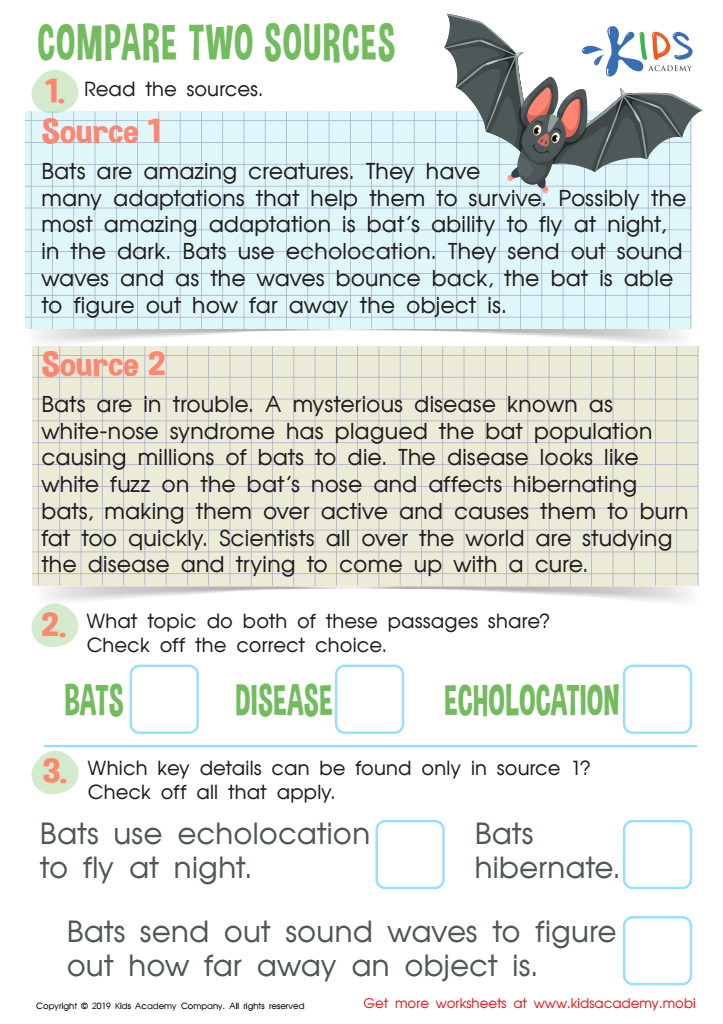

Compare Two Sources Worksheet
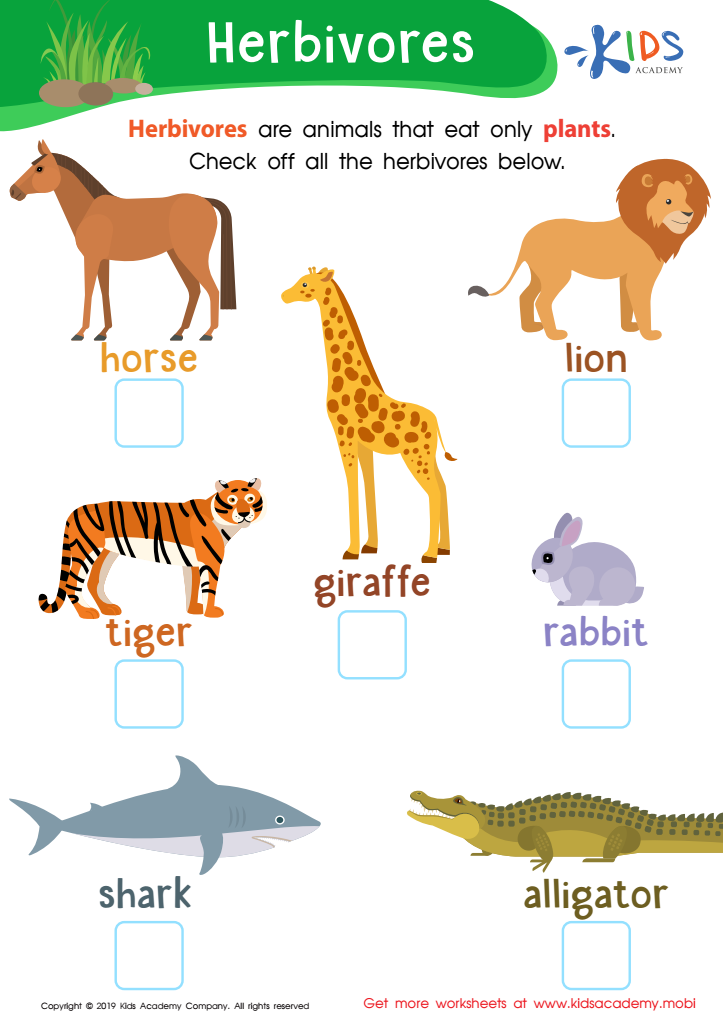

Herbivores Worksheet
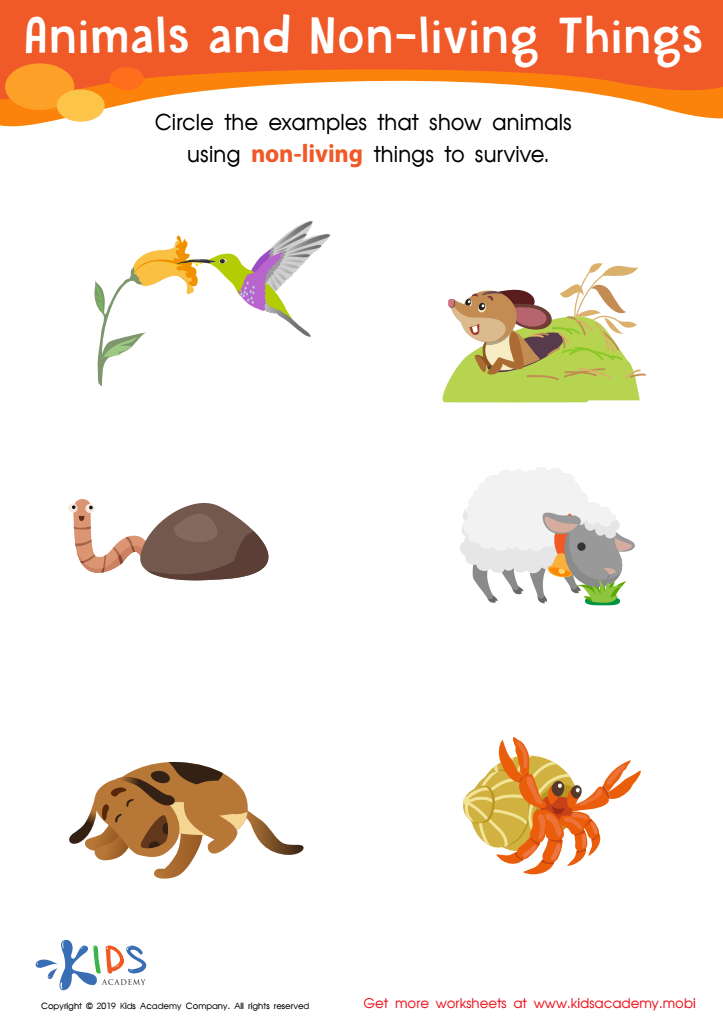

Animals and Non-Living Things Worksheet
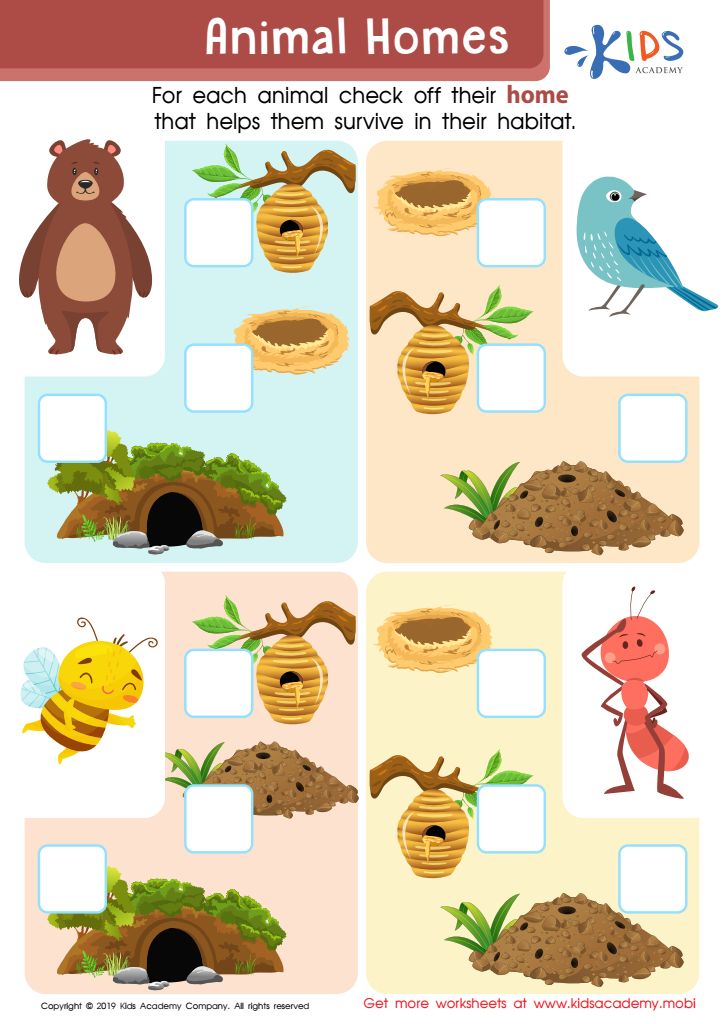

Animal Homes Worksheet
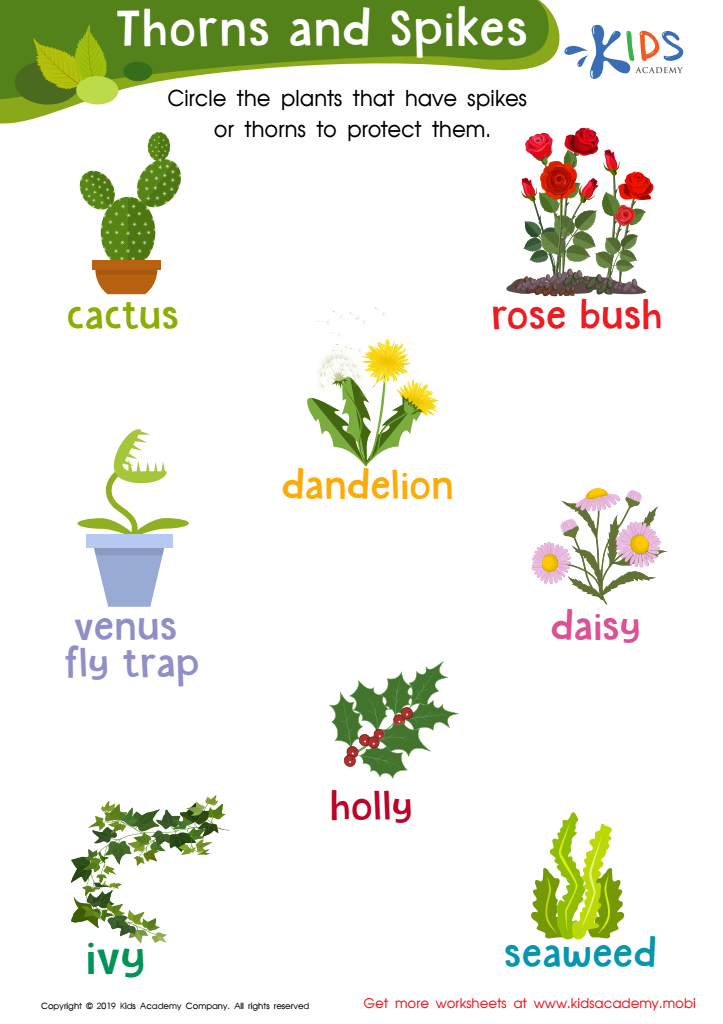

Thorns and Spikes Worksheet
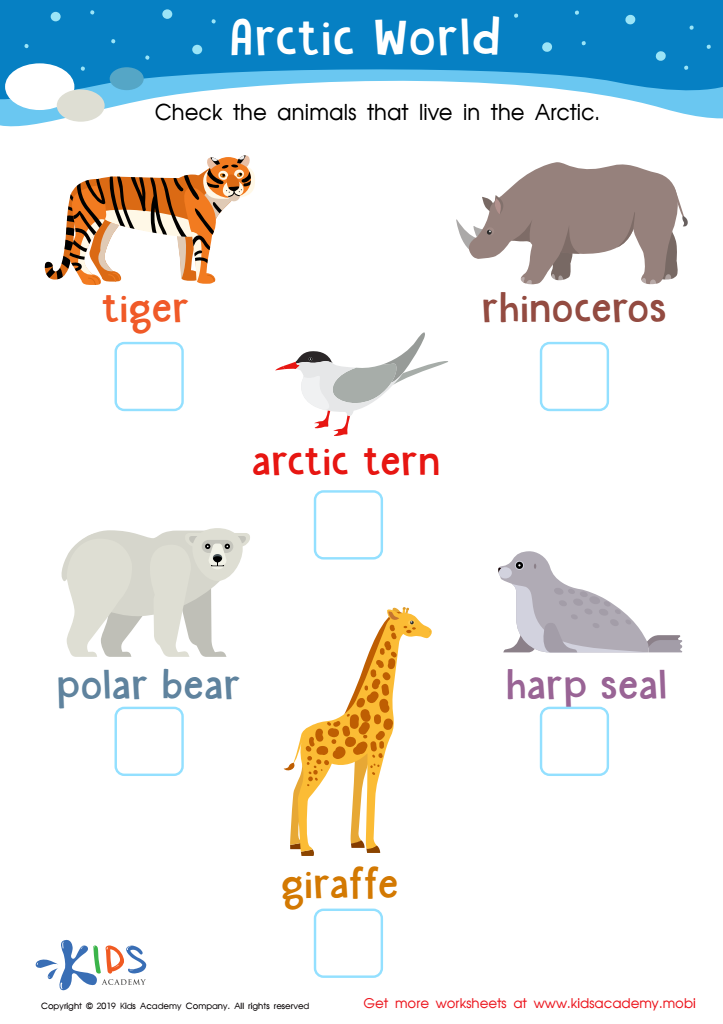

Arctic World Worksheet
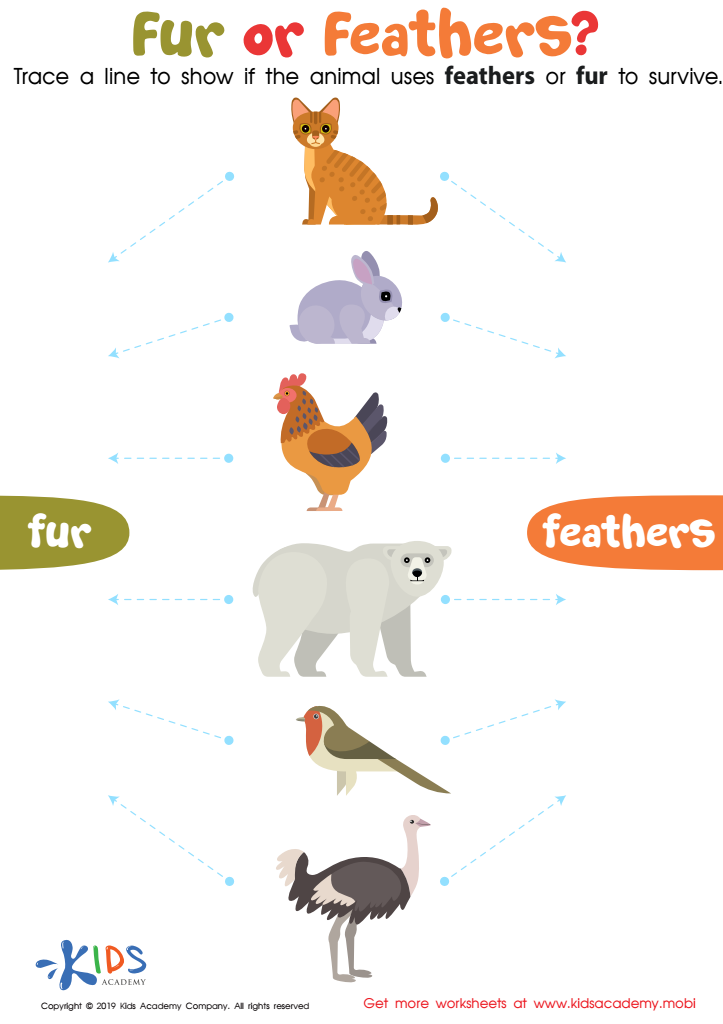

Fur or Feathers? Worksheet
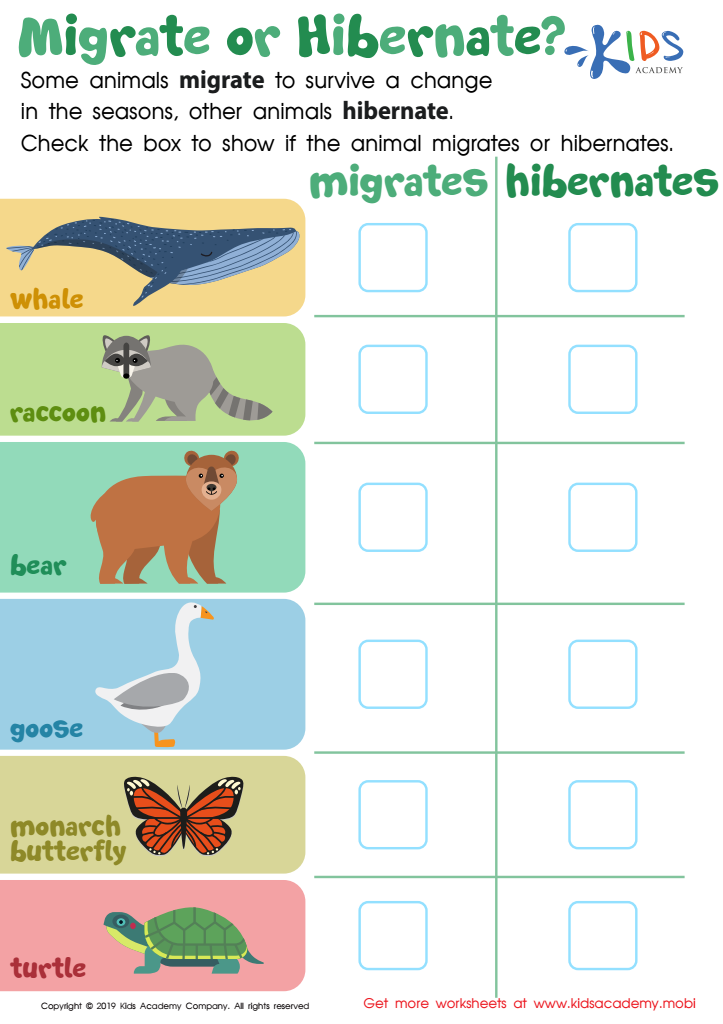

Migrate or Hibernate? Worksheet
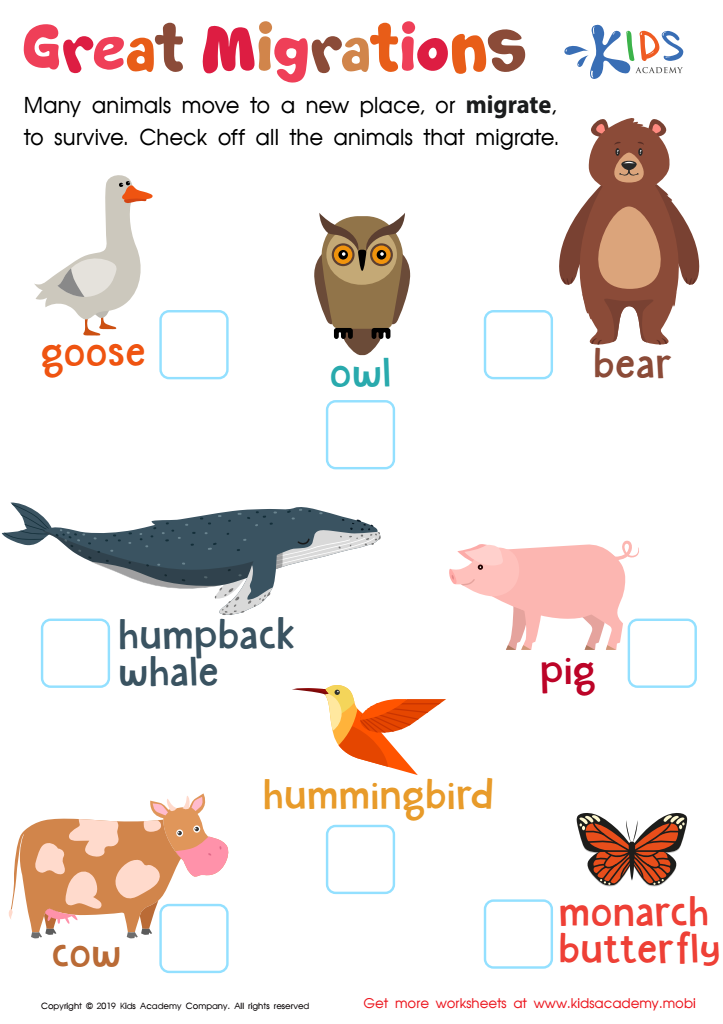

Great Migrations Worksheet
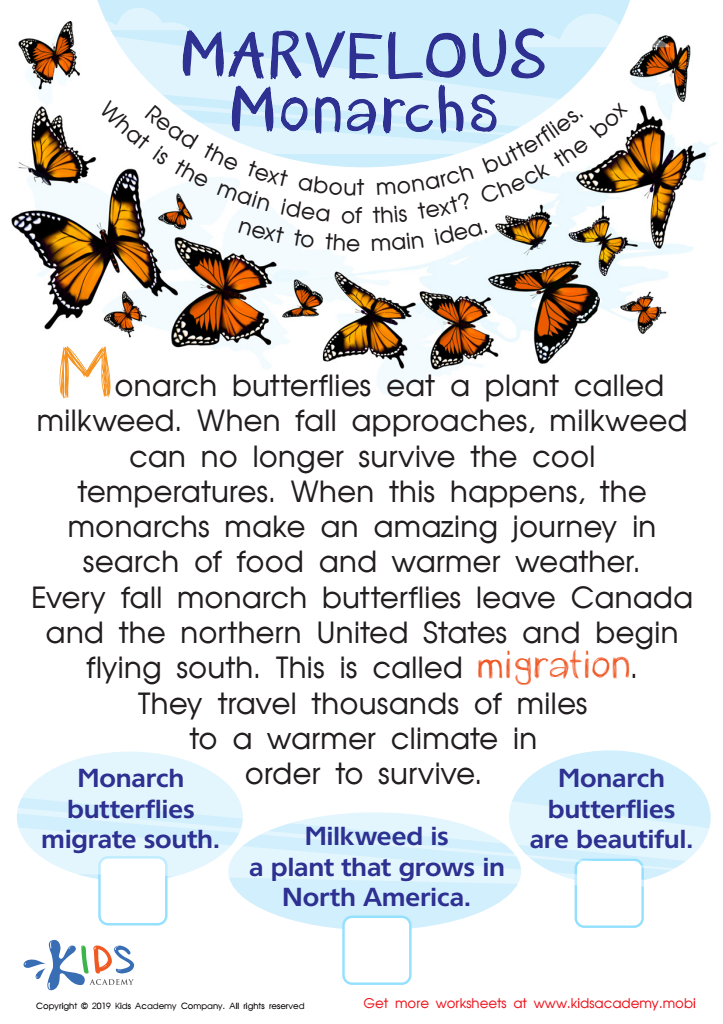

Marvelous Monarchs Worksheet
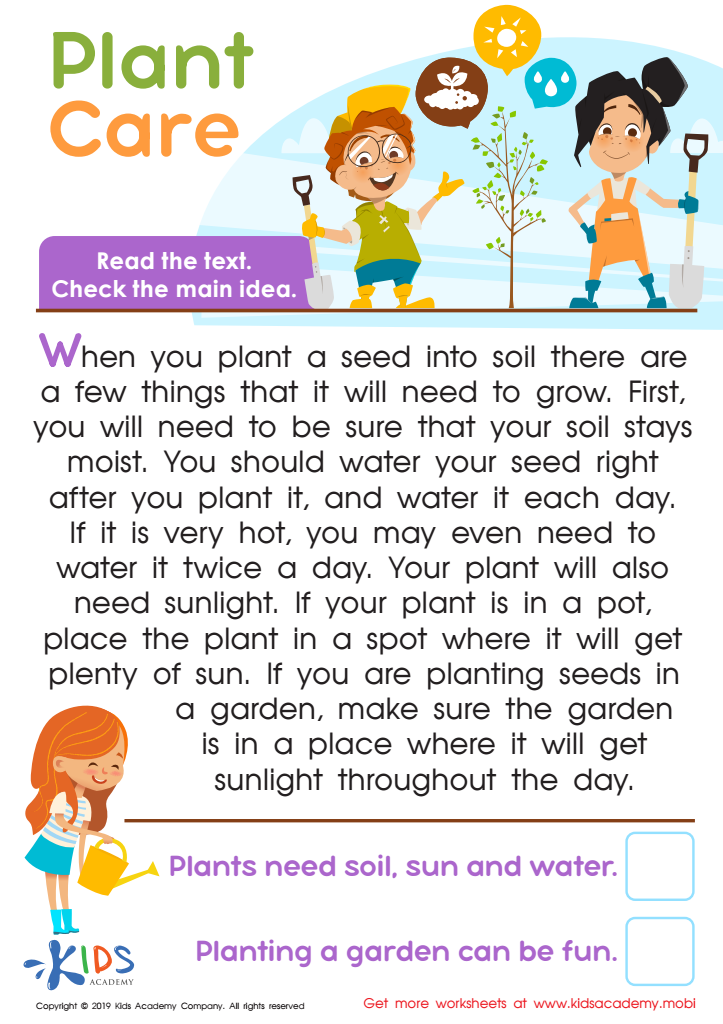

Plant Care Worksheet
Parents and teachers should care about teaching young children, aged 3-8, about normal plants and animals because it lays the foundation for a lifelong appreciation and understanding of the natural world. During these formative years, children are naturally curious and eager to explore their surroundings. By introducing them to various plants and animals, adults can foster a sense of wonder and respect for nature.
Knowledge about plants and animals enriches children's cognitive development, broadening their vocabulary and enhancing their observational skills. It also aids in teaching fundamental scientific concepts, such as growth, life cycles, and the interdependence of living organisms. Encouraging engagement with nature can promote physical activity, reduce screen time, and instill a sense of environmental stewardship early on.
Furthermore, understanding and recognizing common plants and animals can boost children's confidence and nurture empathy. As they learn about the roles these organisms play in ecosystems, kids gain a deeper appreciation for biodiversity and the importance of conservation. Early exposure to nature can spark interest in environmental science, paving the way for future educational pursuits and responsible citizenship. By caring about and teaching normal plants and animals, parents and teachers not only enrich children's immediate learning experience but also contribute to their holistic development.
 Assign to My Students
Assign to My Students
